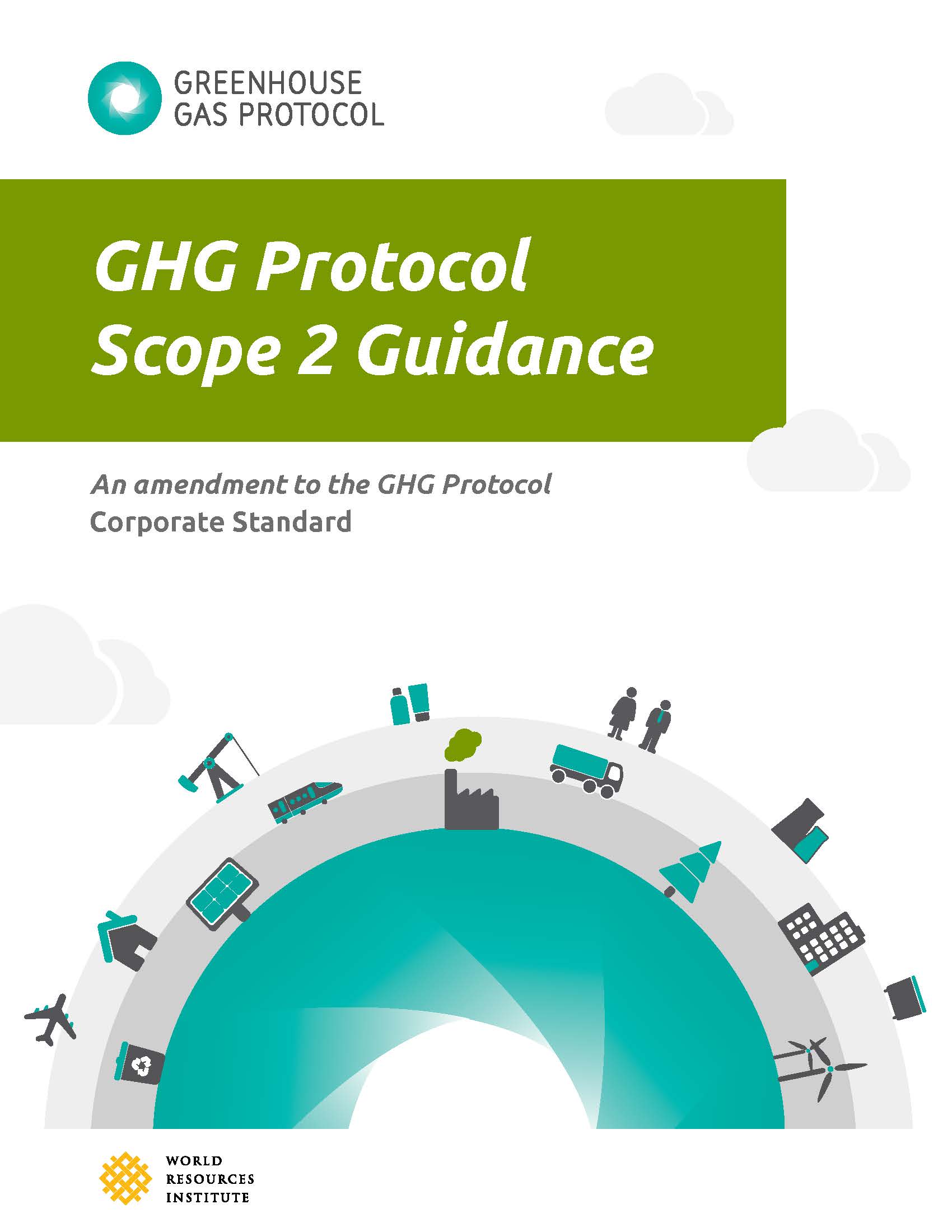
Scope 2 Guidance
The guidance includes:
- New requirements for accounting for emissions from energy contracts and instruments (such as renewable energy credits) in GHG inventories
- Eight Scope 2 Quality Criteria that all contractual instruments must meet in order to be a reliable data source for the scope 2 market-based method
- Recommendations for transparently disclosing information about energy purchases
- Eleven short case studies to illustrate the benefits of the new requirements
GHG Protocol is currently holding a public consultation on the Scope 2 Guidance (2015). The 60-day public consultation period began on October 20, 2025 and ends on December 19, 2025. To learn more about the process, please refer to this page.
About the Scope 2 Guidance
The Scope 2 Guidance is the most significant amendment to the Corporate Accounting and Reporting Standard since its inception. It offers much needed clarity on how corporations measure emissions from electricity and other types of energy purchases. This heightened level of transparency could play a pivotal role in unleashing corporate demand for more renewable electricity.
Nearly 40% of global greenhouse gas emissions can be traced to energy generation, and half of that energy is used by industrial or commercial entities. To reduce these emissions, companies typically turn to energy conservation, efficiency upgrades, and supply switches to low-carbon electricity, whether through on-site installations or through changing (via contracts and electricity suppliers) the energy products purchased.
The Scope 2 Guidance was developed with the input of with over 200 representatives from companies, electricity utilities, government agencies, academia, industry associations, and civil society in over 23 countries. It is required reading for companies that follow the Corporate Standard.
Top Ten Questions About the Guidance
To help companies start implementing the Guidance, we've compiled the top ten questions you might have and where to find more information in the Guidance document.
List of Corrections to Scope 2 Guidance
A record of corrections made to the GHG Protocol Scope 2 Guidance can be found here.








